What is Talend? Is Talend Open Source?
In order to gain a better understanding of Talend, let us look at several use cases here. In this blog post, I’ll clarify many technical terms and address other related matters. In the next section, we’ll look at some smaller programs that help with project management.
Let’s begin by defining Talend and exploring its most advantageous uses.
Overview, Introduction to Talend

Businesses can quickly and affordably design, manage, and deploy data integration, data quality solutions, and Talend Big Data Integration.
Talend has robust data governance features, such as data security measures and masking. Every data integration project needs data governance to guarantee its data is reliable, secure, and compliant with applicable laws.
Technical support, consulting and training services are provided to businesses so they can quickly launch the platform.
Talend Definition OR Define Talend

Talend is a comprehensive collection of services and software solutions for managing data from multiple sources.
Talend’s data integration tools make it easy for businesses to quickly combine data from various sources, such as databases, flat files, online services and web API Management.
Companies may also validate and transform the collected information while monitoring for quality assurance with Talend’s project management, consulting services, training courses and support options.
Data integration, data quality, and big data projects can be rapidly developed, managed, and deployed for organizations thanks to a comprehensive suite of tools such as data profiling, cleansing, enrichment, and transformation.
Talend provides users with a range of self-service options to quickly construct, manage and deploy data applications. It can generate an extensive dataset for analysis or providing an integrated view across the enterprise. Furthermore, its user friendly user interface simplifies setting up and managing data pipelines.
Is Talend Open Source?
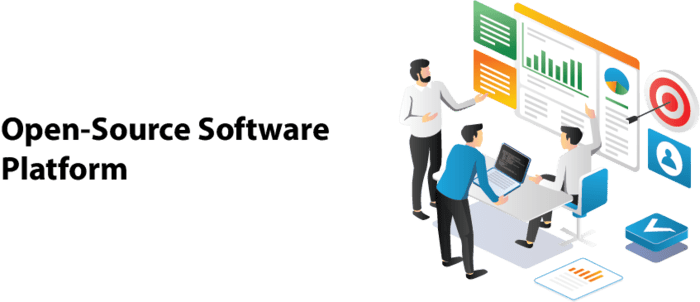
It is one of the most prominent open-source software platforms in the big data and data integration space.
It provides a comprehensive solution with an emphasis on data integration and preparation. As such, it has found application in big Visualization Data Analytics, business intelligence, and data warehousing.
Designed to make data integration fast and simple for enterprises while giving users the power to adjust and enhance existing processes, Data Integrator excels in offering this comprehensive solution.
What does Talend do, and what is Talend used for?
Talend makes data assembly from various sources – databases, applications, and more – quick and effortless for enterprises.
Moreover, it assists with data purification and transformation so users can convert information from one format to another precisely.
Furthermore, Talend allows users to monitor and control data flow in real-time which leads to quicker delivery times with improved accuracy.
Talend’s data management capabilities enable users to quickly move, alter and merge data from multiple sources into a centralized repository.
Furthermore, Talend provides assistance with data governance so users can stay in control of data access, consumption and compliance at all times.
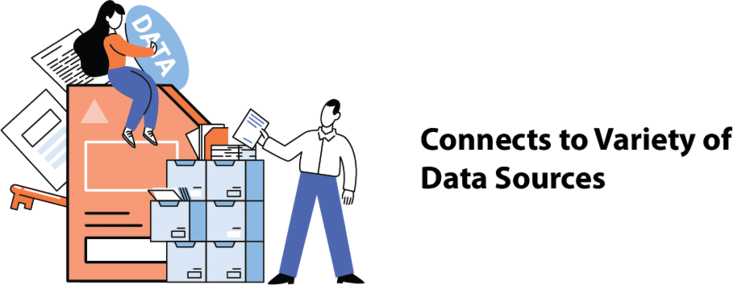
It can connect to a variety of data sources, such as files, databases and web services. Furthermore, it offers data transformation options like filtering, sorting and joining.
Furthermore, Talend also provides sophisticated analytics features like machine learning and predictive analytics.
How does Talend work?
Talend was designed to make it simpler for businesses to incorporate various data types from multiple sources.
Within an organization, data is combined, transformed and moved using Talend’s comprehensive platform. This helps streamline operations while providing a unified view of information across various platforms.
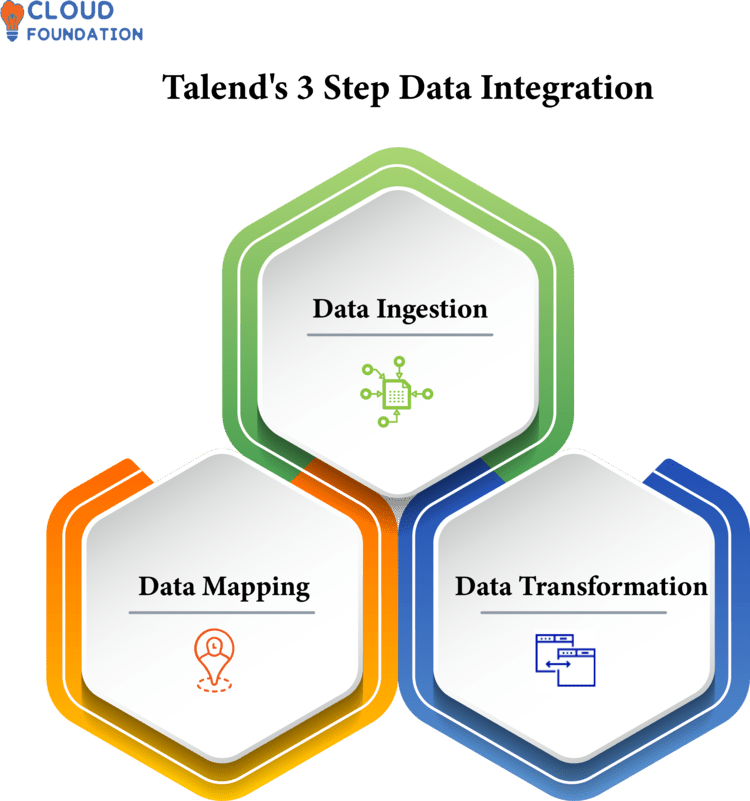
Talend’s data integration approach involves three main steps: data ingestion, mapping and transformation.
During the data ingestion phase, Talend connects to a data source and downloads its contents.
After retrieving and mapping the information to its target system or database – known as data mapping – Talend can transform it into the desired format. This final stage is known as data transformation.
Talend’s speed and ease of use compared to manual data transfer between systems is one of its biggest advantages. Furthermore, its library of pre-made components simplifies the creation of data integration workflows.
Data Quality tools enable them to detect mistakes and inconsistencies in data, alerting users when something is amiss. When dealing with large datasets, this proves especially valuable.
Talend course
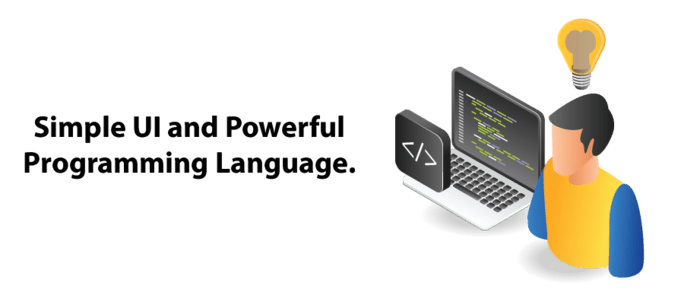
With Talend’s open-source platform, users can automate and manage a wide variety of operations.
It features an intuitive graphical user interface as well as a robust programming language that enables them to write their own code for specifying and controlling operations.
Why Talend and what are the benefits of Talend?
Talend offers a comprehensive platform with numerous features designed for data integration between applications, databases, and other systems.
Users can quickly connect multiple data sources and consolidate them into a centralized data repository. Furthermore, data pipelines and ETL (Extract, Transform, and Load) procedures can be made much simpler with this powerful tool.
Benefits of Talend
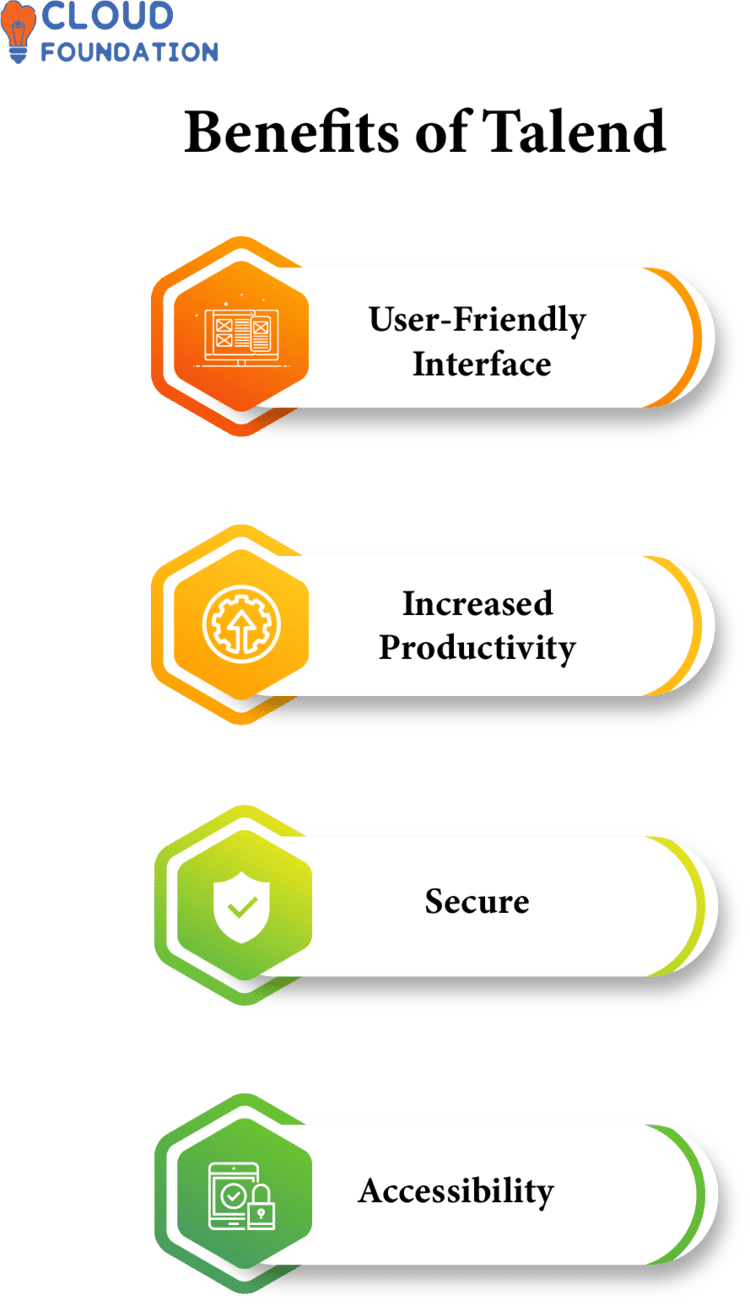
Some of the Talend Benefits include:
User-Friendly Interface: Talend’s user interface is straightforward and intuitive, making it usable by users of all levels.
With just a few clicks, they can design data pipelines or ETL procedures with ease – perfect for data integration between multiple apps and databases! As a result, using Talend becomes less expensive overall for smaller businesses while offering them more options at lower costs.
Increased Productivity: Talend simplifies data integration projects and eliminates manual coding, saving businesses both time and money.
Teams become more productive, leading to shorter project completion dates.
Secure: Users can manage their data integration initiatives within a secure environment that offers access control and role-based security to protect sensitive information from unauthorized parties.
This ensures the data remains private and secure during transit.
Accessibility: Talend’s data integration platform makes it simple for customers to add additional sources and targets without having to start from scratch.
This makes it possible to expand the project scope without having to start from zero.
What is Talend Tool?
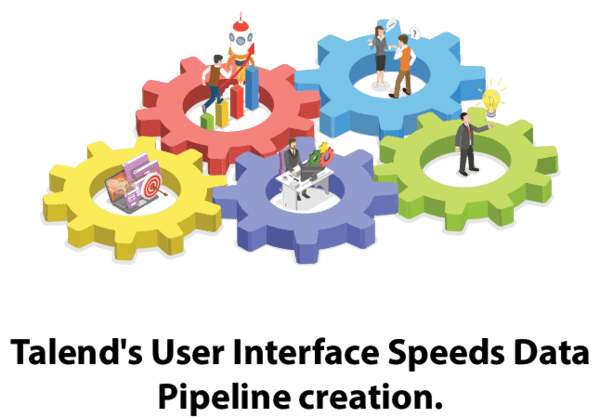
Talend’s user interface enables customers to quickly and easily construct their data pipelines with little to no scripting needed.
It offers a comprehensive set of tools for Data Integration, quality assurance, preparation and other tasks – supporting both graphical and programmatic approaches for data integration.
Furthermore, Talend provides data profiling and cleaning tools as well in order to enhance the quality of stored information.
Moreover, it provides connectivity to many databases like Oracle, Microsoft SQL Server, MySQL, PostgreSQL and more.
Furthermore, its enterprise-grade security measures enable customers to encrypt their data and protect against unauthorized access.
Talend API Integration is the most widely-used platform worldwide, used by businesses of all sizes – from micro startups to global enterprises.
What is Talend ETL Tool?
Talend offers a range of ETL services and solutions, such as Data transformation, profiling, quality assurance, Application Integration, and data migration.
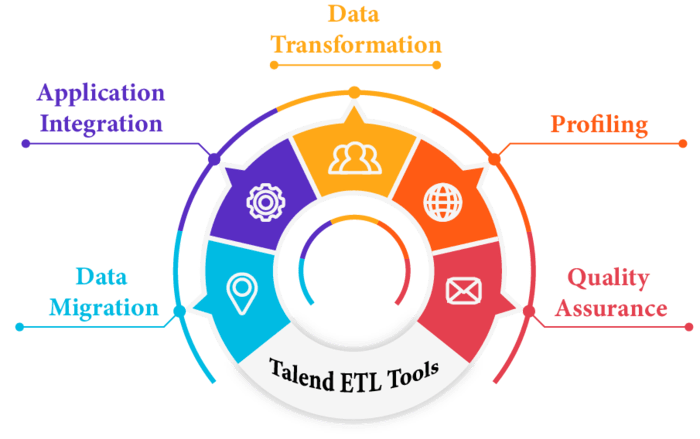
The platform also provides data profiling and quality Data Integration Tools that enable customers to identify, rectify, and move data between systems or databases using its data transformation and migration features.
What is Talend Open Studio?
Users can design, deploy and manage tasks within this user-friendly graphical programming environment. Talend Open Studio makes Talend ETL Course process creation, deployment and management a breeze with its intuitive graphical user interface (GUI), making it simple for users to construct data integration jobs visually using its GUI.
With Talend Open Studio’s GUI they’re able to visualize their data flows and transformations easily.

Talend Open Studio makes developing ETL processes a snap with its user-friendly toolkit.
It provides customers with an efficient and straightforward method for inputting and manipulating data from various sources, helping them automate their data integration tasks.
Furthermore, Talend Open Studio comes equipped with a library of pre-built components that makes Data Processing fast and efficient.
The auditing framework and scheduler enable users to monitor and examine their ETL processes, while the monitoring system keeps an eye on job progress in real-time.
Finally, the debugging system assists users in locating and fixing any issues with Talend ETL Tool Features.
What is Talend Developer?
Talend Developers are software professionals who specialize in Talend Management, a suite of tools for Data Management and integration projects.
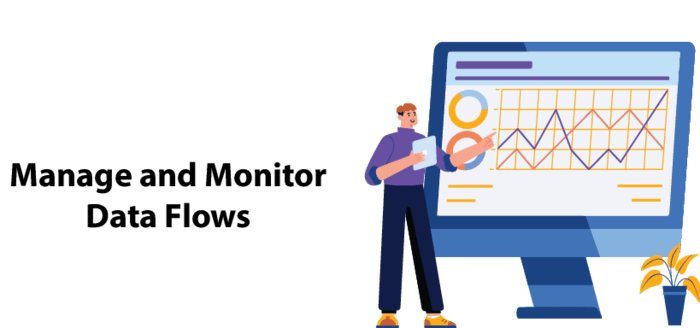
Developers can quickly and efficiently build data pipelines, integrating data from multiple sources. Data scientists and data engineers find the program valuable since it helps manage and monitor their data flows.
Building data pipelines, integrating it into databases, managing data flows – and other activities – all fall under this category.
A Talend Engineer must have expertise in SQL, Java, XML and web services as well as data modelling, warehousing & governance concepts.
Talend Developers must possess the creativity and ingenuity to solve complex problems creatively and outside the box.
Furthermore, they should have a deep understanding of software development fundamentals like object-oriented programming, design patterns, and architecture.
They must possess superior analytical and problem-solving abilities, as well as superior interpersonal and communication abilities.
What is Talend software and how to use Talend software?
Talend software simplifies the Talend Cloud Integration, transformation and movement of data from various sources into one central repository. It helps manage, purify and transform raw data into valuable information for enterprises.
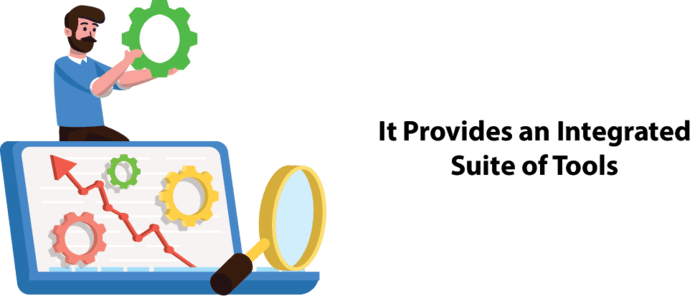
Talend’s features are designed to make data access, manipulation and management a snap for businesses.
It provides an integrated suite of tools that makes combining data from multiple sources easy, creating data pipelines is straightforward, and turning that raw information into actionable insights is a snap.
These features enable users to gain valuable insights from their data. With Talend, organizations can manage, integrate and analyse their information quickly and easily.
It provides a single view of the data that allows enterprises to transform it into actionable insights.
Talend Software used for
Enterprises can transform and clean data before importing it into their Data Warehouse or other target systems with Talend’s comprehensive suite of data transformation and cleansing tools.
They even provide a visual data mapping tool which simplifies transferring information from one source system to another.
Talend also offers data profiling, cleaning, enrichment – all within this comprehensive data quality platform.
Data lineage, data masking, access control and auditing are just some of the functions provided by a data governance platform.
With its assistance businesses can rapidly and affordably ensure accuracy, security and compliance with their data.
Talend modules or Talend Features

Data Integration: This solution aids businesses in combining data from various sources. It aggregates this information and integrates it into a centralized data
Data Quality: This tool guarantees an organization’s data is of the highest quality possible. It helps detect and fix data problems, checking to make sure information isn’t outdated, repeated, incorrect, or inconsistent.
Big Data: Talend’s features enable us to integrate big data into existing systems. It provides a unified platform with one unified user interface for managing both big and conventional data sets.
Application Integration: Talend allows us to integrate apps across many platforms and gain business insights that enhance decision-making. It simplifies data synchronization and connectivity between various systems quickly.
How to Change JDK Path in Talend?
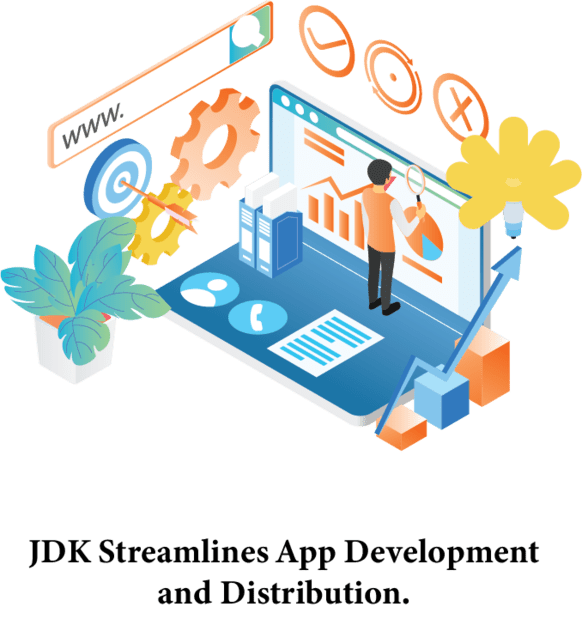
Java developers rely on the JAVA Development Kit (JDK) for creating their applications.
JDK provides an intuitive yet effective interface for building and deploying apps, with Talend developed apps being compile and run using JDK as well as libraries necessary for program operation.
What are the best ways to learn Talend?
Acquiring expertise on Talend is an ideal way to expand your job prospects and develop essential skills within the data integration industry.
Talend can be learned in many ways, including books, Talend Tutorial Videos, and online courses. Ultimately, you should select the solution that best fits your level of understanding.
Talend Online courses are organized into manageable modules to make it easier for beginners to understand the material. We offer courses at all levels – from entry-level to expert. At CloudFoundation you’ll find various modules that will give you more insight into this technology.
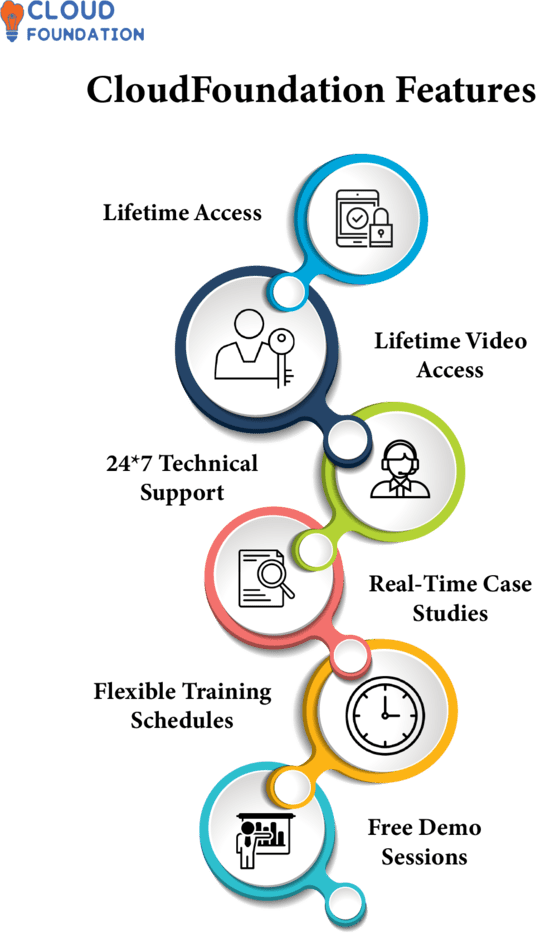
Study Tutorials and Materials Online: CloudFoundation offers a wealth of tutorials and material online for independent Talend learning, plus you can access lessons and blogs written by knowledgeable users. If you want to master Talend from scratch, CloudFoundation makes learning Talend incredibly easy!
Enroll in a Certification Course with Us: Show that you have advanced knowledge about Talend by enrolling in one of our certification courses.

Ankita
Author



